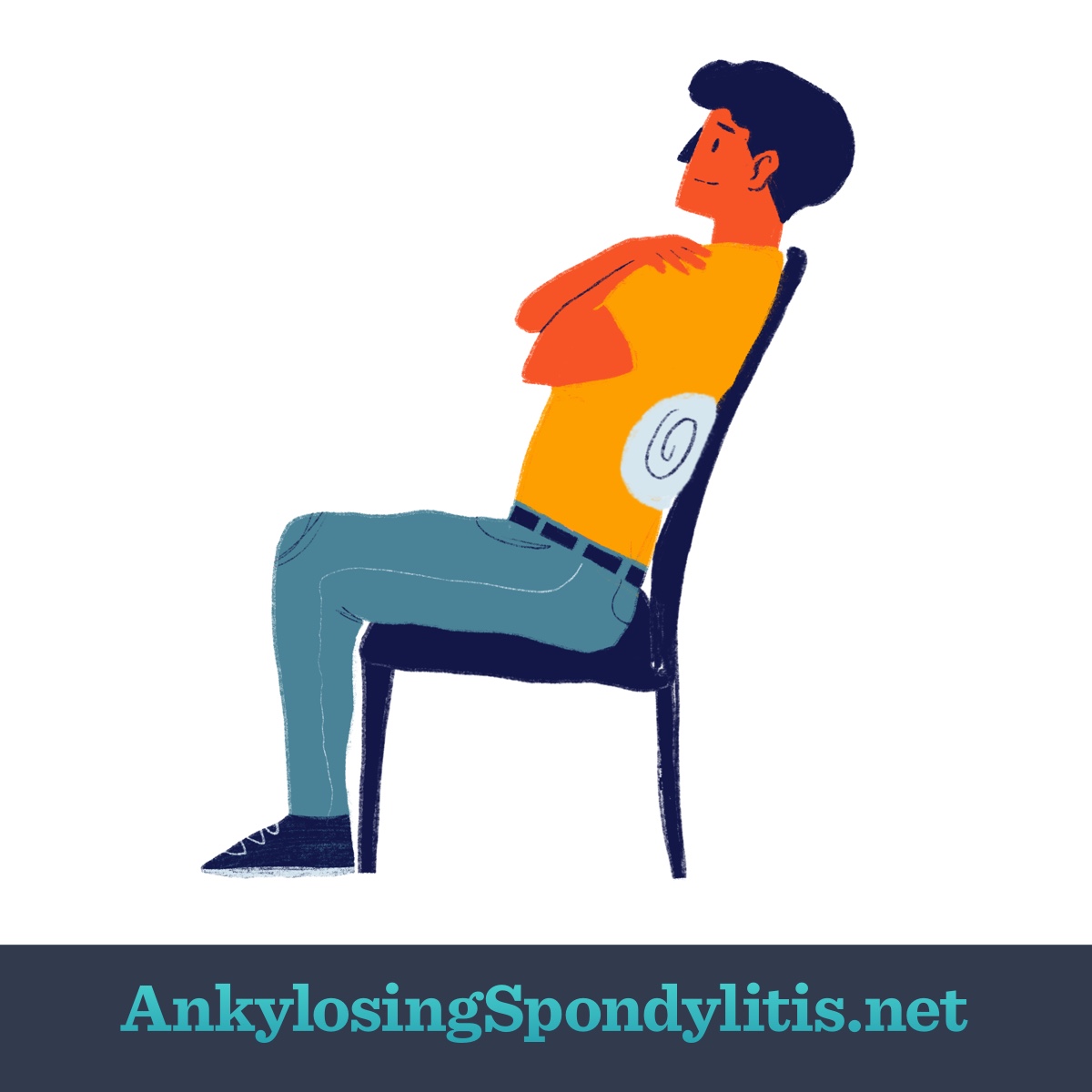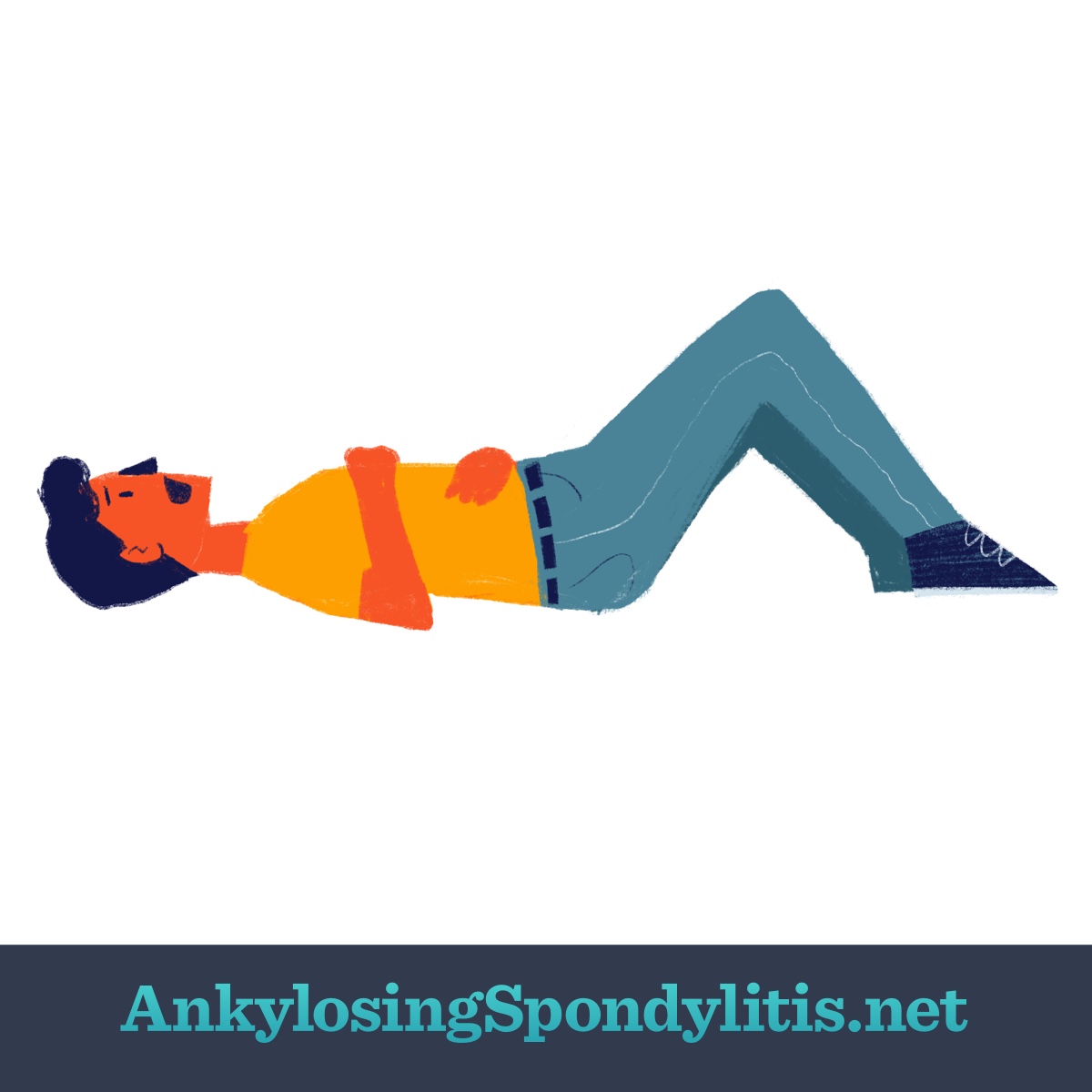Stretch Your Way to Costochondritis Pain Relief
Reviewed by: HU Medical Review Board | Last reviewed: January 2023 | Last updated: January 2023
Costochondritis is a condition that causes pain in the chest area. It usually happens when the cartilage around your ribs gets inflamed and swollen.1
Your rib cage is made up of several bones and pieces of cartilage that hold them together. So, if one of those pieces gets irritated, it can cause pain. The pain may be sharp or aching. It often worsens when you take a deep breath, cough, laugh, or move in certain ways.1
Costochondritis pain usually happens around the breastbone or near the shoulder area. Sometimes it can spread to your back, neck, or arms as well.1
Featured Forum
View all responsesWhy does chest pain happen in AxSpA?
People with AxSpA often experience pain in their chest area. This is usually because of inflammation in the rib cage and spine, which can cause pressure on nerves and muscles that are close to the chest wall. Inflammation where the ligaments and tendons meet the bone is called enthesitis. This can be very uncomfortable.2
Not only can chest pain from costochondritis make it hard to move, but it can make it hard to breathe. Your rib cage, mid-back (thoracic spine), and various muscles and ligaments work together to help you breathe. So, inflammation in this area limits how much air your lungs can take in. This can cause chest pain.2
Managing inflammation can help relieve chest pain. Some treatments for AxSpA, such as physical therapy and certain medicines, can help reduce the inflammation that causes costochondritis chest pain. Stretching and self-management techniques can help too. These strategies, combined with the exercises described below, may help relieve chest pain from AxSpa.
2
Mid-back movement exercise
Strengthening exercises for the mid-back area can help you move better, reduce pain, and get stronger.3
Exercise: Sit in a hard-backed chair and place a large towel roll (such as a beach towel) or foam roller across the middle of your back. Cross your arms over your chest, and then lean back a little bit. Be careful not to hurt your neck. Repeat this 10 times. Adjust the roll-up or down just slightly and repeat again.3
Muscle stretching exercises
One cause of chest pain is tight muscles in the front of your chest (pectoral muscles). This makes it hard to take a deep breath. Also, tight chest muscles pull your shoulders and upper body forward. This makes it hard for the breathing muscles to work and can worsen back and chest pain.4
Stretching these muscles may help reduce the amount of strain on the breastbone (sternum) and shoulders. This may help decrease pain.4
Exercise: Put both of your arms up in a doorway so they are even with your shoulders. Bend your elbows so they make a 90-degree angle. This is called the "goal post" position. Relax your shoulders away from your ears. Step one leg forward and feel a stretch in your chest. Hold this position for up to 30 seconds, and repeat it a few times.4
Your upper shoulder and neck muscles also can become tight and shortened, adding to the strain on your chest. Doing shoulder rolls and other stretches may help reduce tension in these muscles.5,6
Exercise: Sit tall, and bend your head to the side so that your ear moves toward your shoulder. Hold this stretch for about 20 seconds, and repeat 3 times.5,6
Breathing exercises to relieve chest pain
Your diaphragm is a big muscle in your body that helps you breathe by moving air in and out of your lungs. The diaphragm is shaped like a dome and is located just below the rib cage. When you take a breath, the diaphragm flattens out and moves down. This makes more room for air to come into your lungs. When you let out a breath, the diaphragm contracts and moves up. This pushes air out of your lungs.7
Diaphragmatic breathing is a type of breathing that helps your diaphragm work better. It helps you relax and can even help improve your posture. If you have chest pain, you may not be comfortable taking deep breaths. Diaphragmatic breathing might help you focus more on full breathing, which can help relieve chest pain from AxSpa and promote relaxation.7
Exercise: Lie on your back with your knees bent. Place one hand on your belly and the other on your chest. Breathe in through your nose, filling your belly. Your belly should rise, but make sure to keep your chest still. Then breathe out through your mouth, letting your belly fall. Repeat this for several minutes.7
Before you start any new exercise program, talk to your doctor. Make sure to tell them about any other health conditions you have. They can help you decide which stretches will be safe and effective for you.





Join the conversation